Setouchi Triennale 2016
by Raina, staff writer of japan-guide.com
| previous post |
| next post |
2016/04/03 - Setouchi Triennale 2016
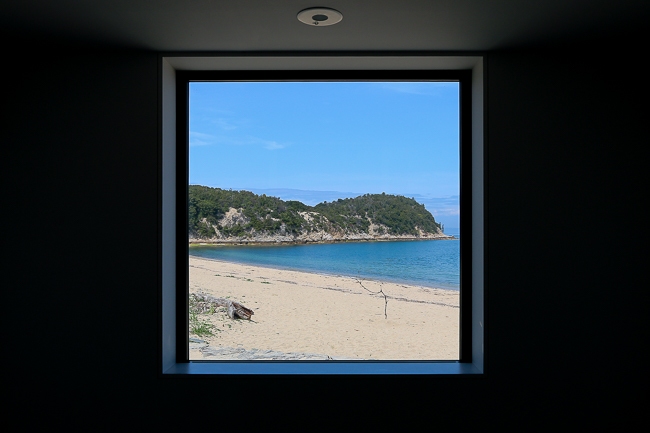
The Setouchi Triennale is a contemporary art festival held every three years across twelve islands in the Seto Inland Sea. While contemporary art is a major focus of the festival, one of its objectives is to promote and revive the culture of the islands. Visitors to the festival can enjoy the idyllic nature of the countryside, gorgeous island scenery and have a chance to slow down and appreciate a different pace of life. Access to most of the islands is by ferry only, just like the good old days, except with faster and modern boats with engines.
This year is the third installment of the popular art festival and for those who like island hopping, the Setouchi Triennale is perfect for that and offers the opportunity to see contemporary art. There are three sessions to the triennale; Spring, from March 20 to April 17; Summer, from July 18 to September 4; Autumn, from October 8 to November 6. Not all artwork are shown for the entire duration of the triennale, and some are session specific. The artworks are spread out over the islands range in size with the smallest traversable on foot in a half a day. Visitors can purchase an admission passport for 5000 yen which covers the admission to most sites and allows for a discounted rate for others. Note that most of the indoor exhibitions do not allow photography, but it is okay to take pictures from the outside. If you are not sure, it is best to check with the nearby staff.
For part two of our Setouchi Triennale 2016 reporting, I visited Teshima and Inujima over the weekend from Okayama.
Teshima
Teshima is the second largest participating island after Shodoshima. A forested mountain stands in its middle, and a circular road connects its three small fishing villages. Two of the villages have ferry ports, Karato and Ieura, the latter of which is the more important. I had a great time cycling around, visiting the various artworks and admiring the coastal scenery. A couple of my favourite installations were the Teshima Art Museum and the Storm House.
To get to Teshima, I took the train from Okayama to Uno, and got on the ferry. The Uno - Teshima ferry terminal is about 300 meters left of the station, and tickets are sold near the boarding point. There are two ports on Teshima, Ieura (770 yen one way) and Karato (1030 yen one way), and the ferry stops at both. I got off at Ieura Port and rented an electric bicycle (1000 yen for the first four hours, additional 100 yen for each hour after that) to get around the island. Teshima isn't very big and is easily covered by bike in a day, and I was thankful for the electric bicycle because the island is pretty hilly and cycling would have been a lot more painful without it.
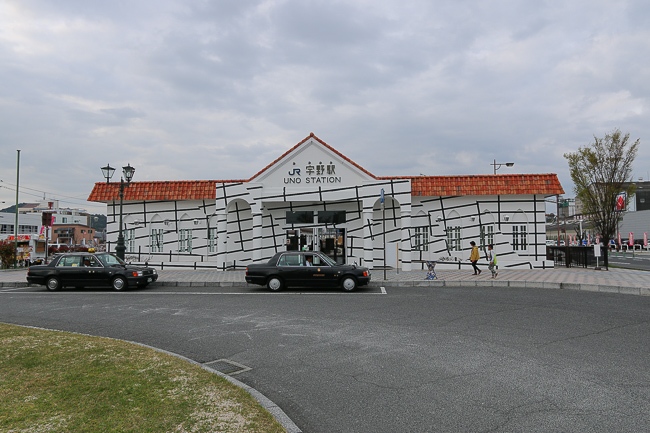
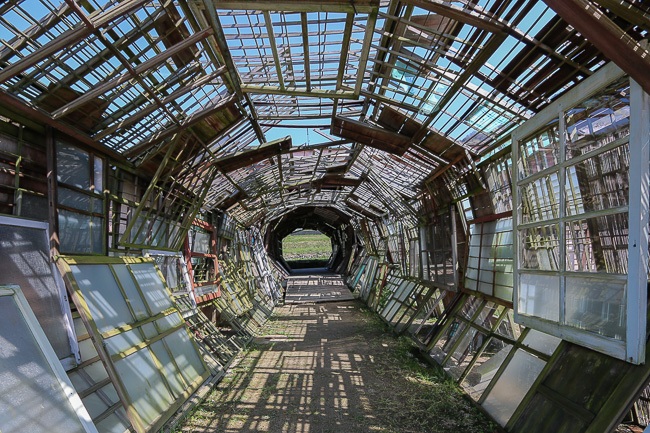
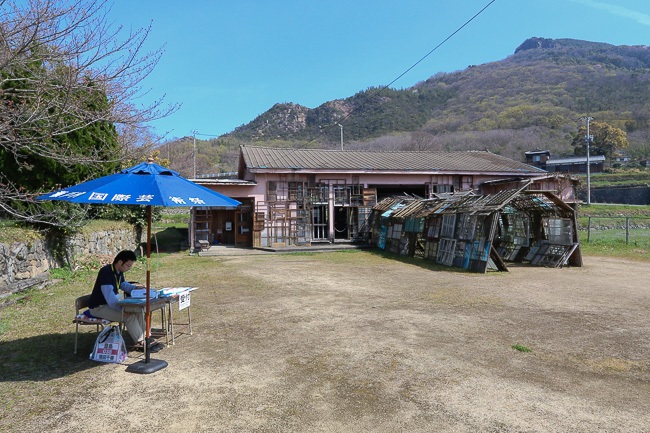
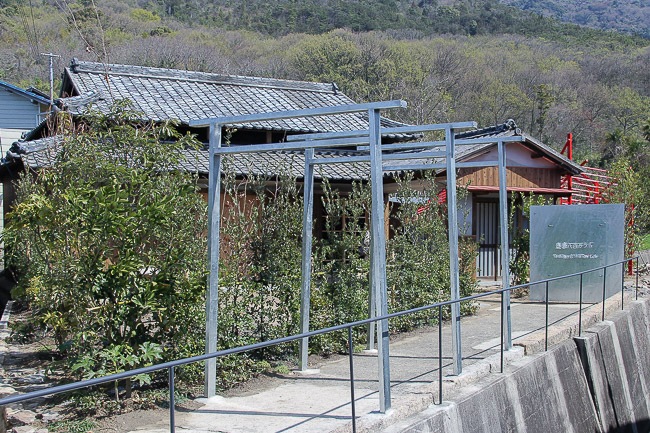
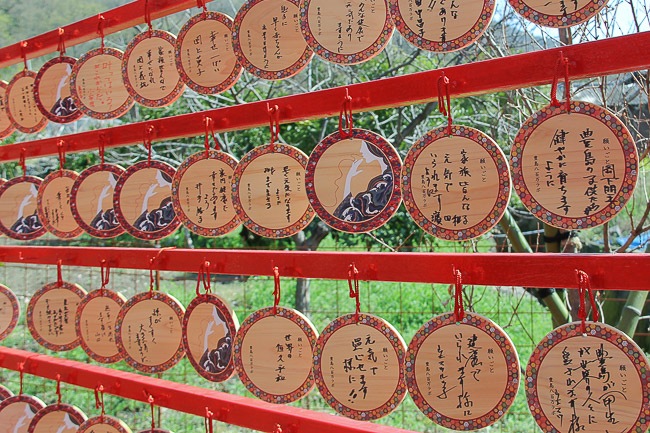
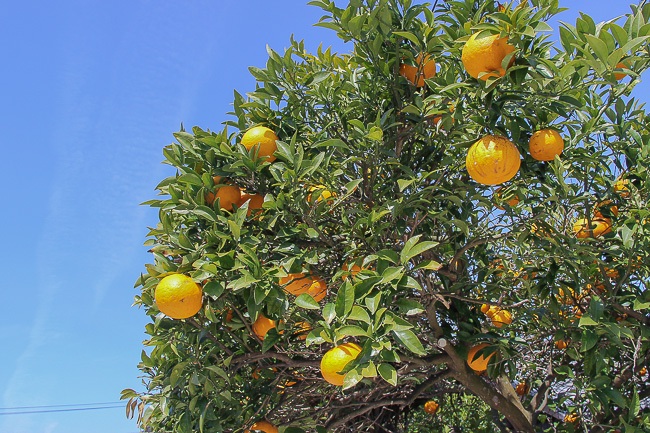

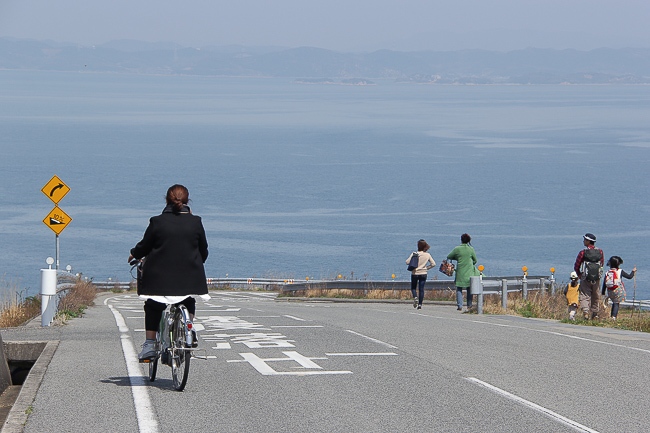
The Teshima Art Museum is an amazing art space by architect Nishizawa Ryue. The buildings that make up the museum are rounded and blend into the surrounding terrain comfortably. Despite the line to enter the art space, it was unexpectedly spacious inside. There are two large holes cut out of the top allowing light to filter through and illuminate the space inside. The view out of the holes change depending on your position inside and I've heard that the view is nothing less than amazing even when it rains. Part of the exhibition are small puddles of water that sprout up and flow towards different areas, so be sure not to step on water! Photography is not allowed inside and there are staff around to make sure of that.
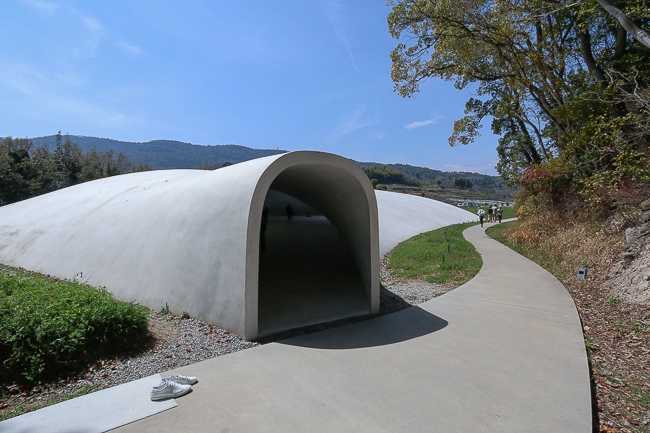
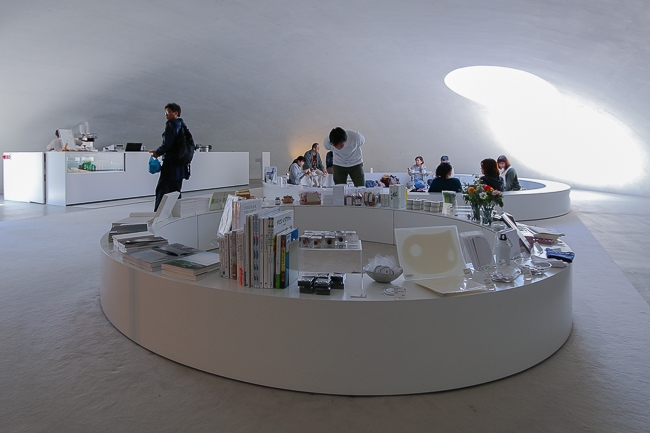
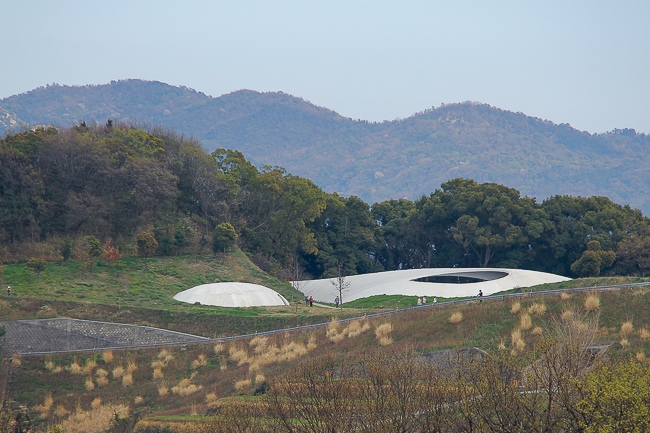
The Les Archives du Coeur is a permanent exhibition on Teshima where you can listen to the recorded heartbeats of over 45,000 people. What I found really interesting about the installation was that it was held in almost complete darkness, illuminated by only a single lightbulb flashing with the rhythm of the heartbeat. Surrounded by darkness, the heartbeats started to sound like taiko drumming and it wasn't hard to get absorbed and sucked into the whole experience. Note that this installation may be unsuitable for those who are afraid of the dark or sensitive to flashing/flickering lights. There is also a choice for visitors to record their heartbeats for an additional charge.
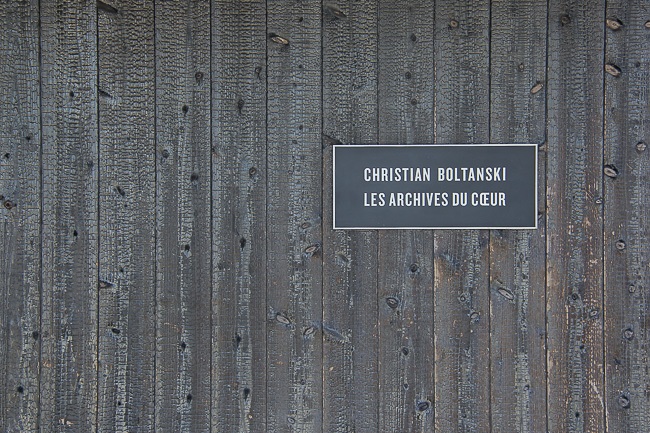

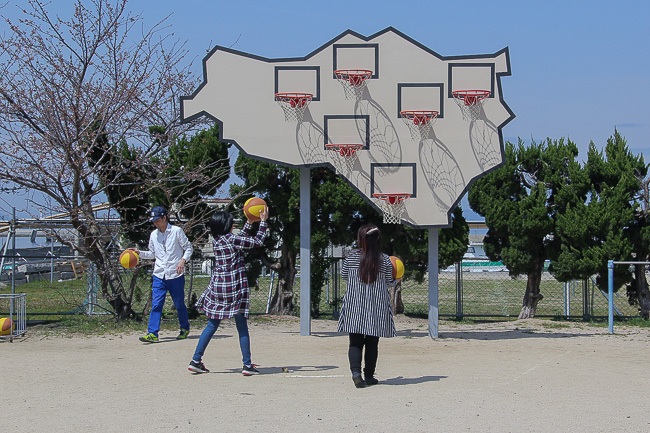

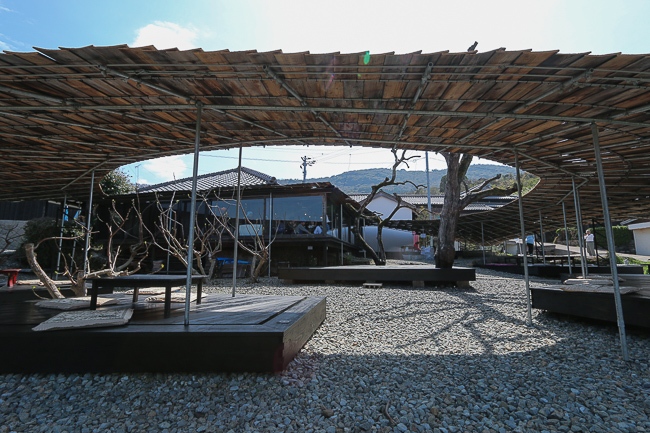
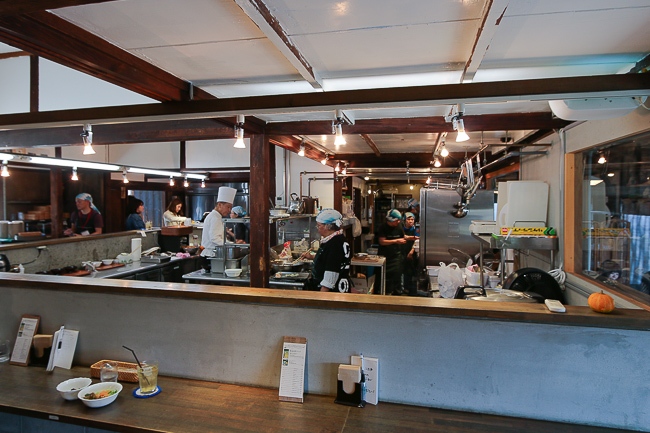
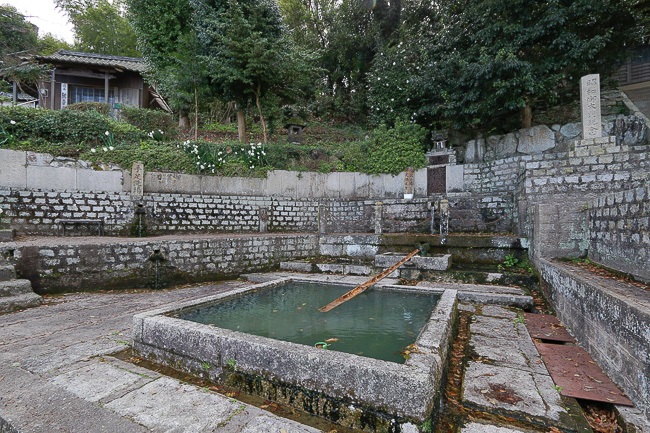
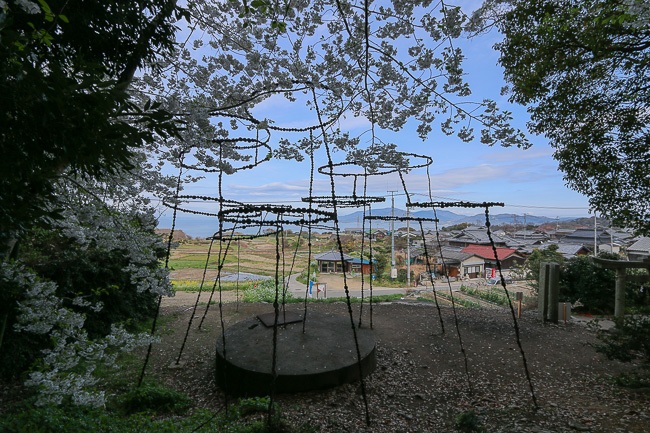
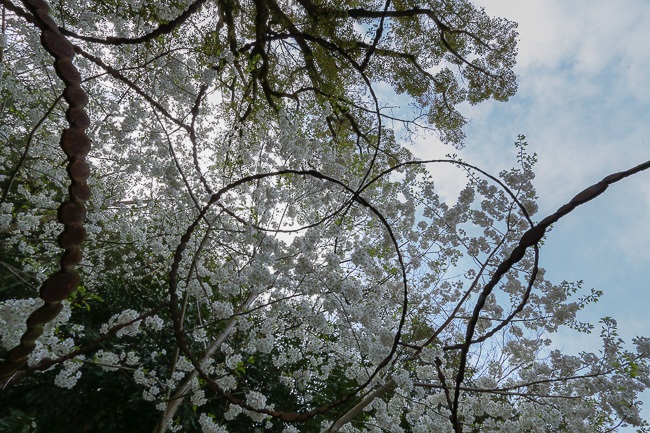
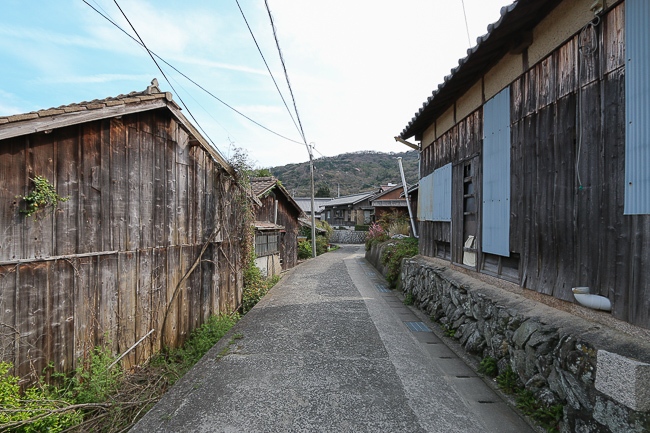
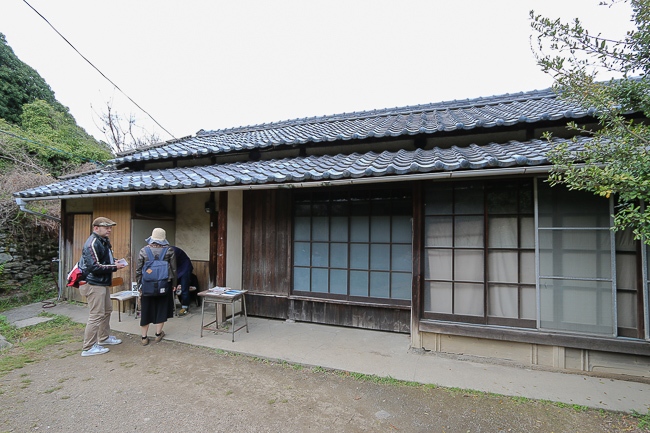

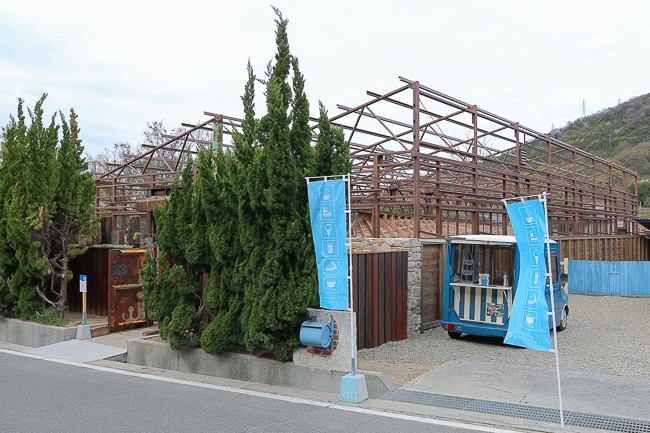
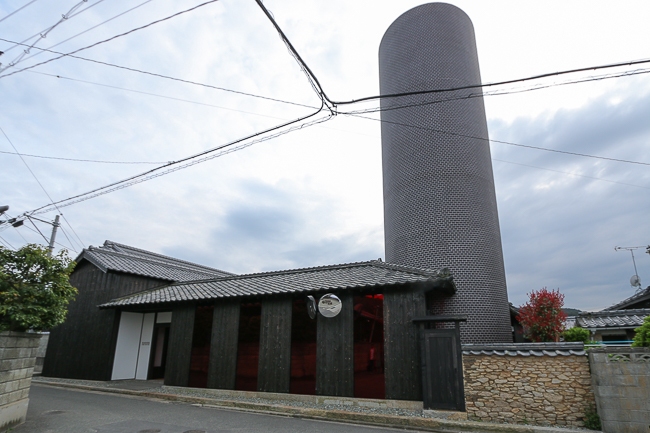
Inujima
My next island was Inujima, a small island off Okayama. The island is small enough to be explored on foot comfortably in a few hours, which was what I did. A major spot on Inujima is the Inujima Seirensho Art Museum, an underground art gallery, located on what used to be a copper refinery. The exhibition inside is an ingenious use of mirrors and light, reminding me of Egyptian mirror lightings. The completely dark corridors are illuminated by the mirrors set at 45 degree angles, showing daylight in front and a dark star at the back. Visitors can also explore the ruins of the copper refinery after exiting the gallery.
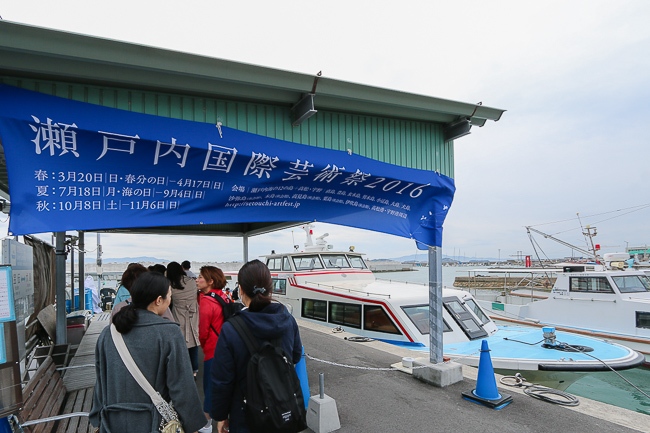
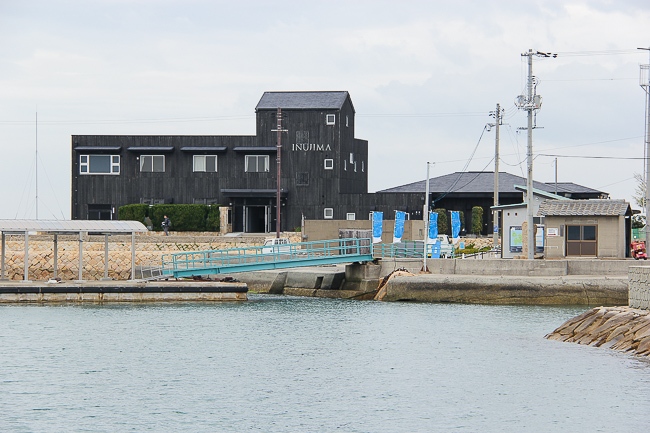
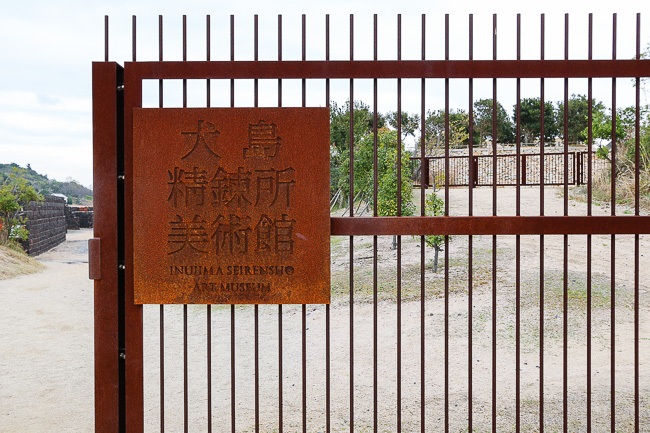
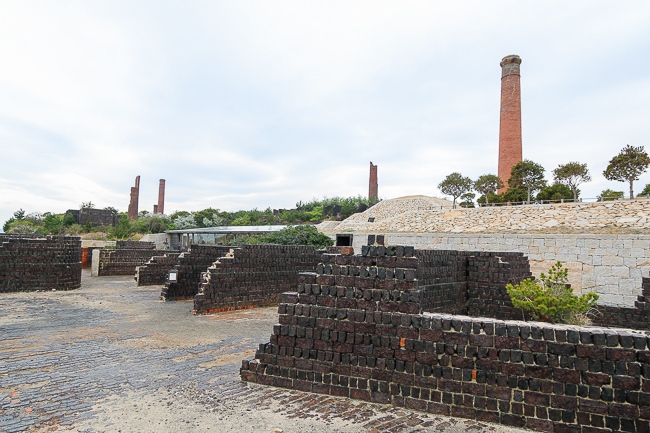
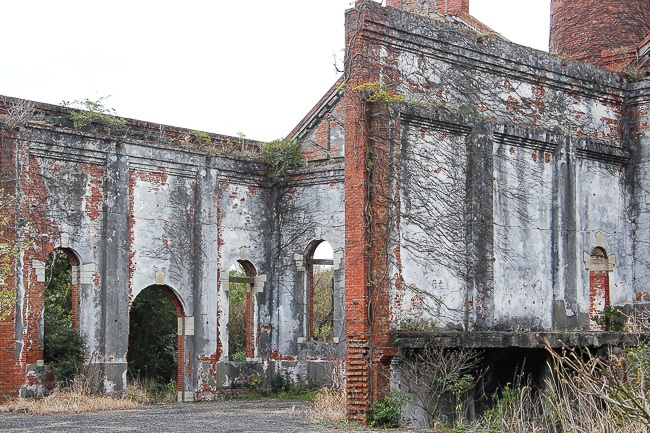
The Inujima Art House Project are a group of five galleries dotted across Inujima. I had a good time walking from gallery to gallery and checking out the new installations, and before I knew it, it was time to catch the ferry back to Okayama.
There are infrequent direct buses between Okayama Station (bay 9 at the bus terminal) and Hoden Port during each session of the festival, public holidays and selected weekends. The schedule while infrequent, is sufficient for exploring the island and seeing the installations. It takes less than five minutes to walk from the bus stop to the port and the route is well-marked. Ferry tickets are sold at the boarding point (300 yen one way), and the one way journey from Hoden Port in Okayama to Inujima only takes ten minutes. The islands are not far from one another and can be seen from each port.
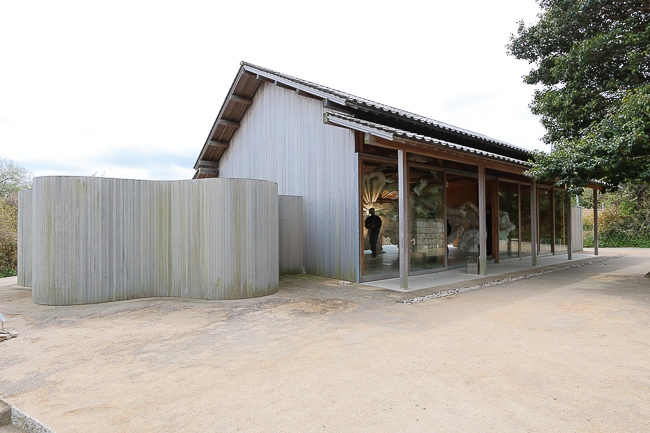
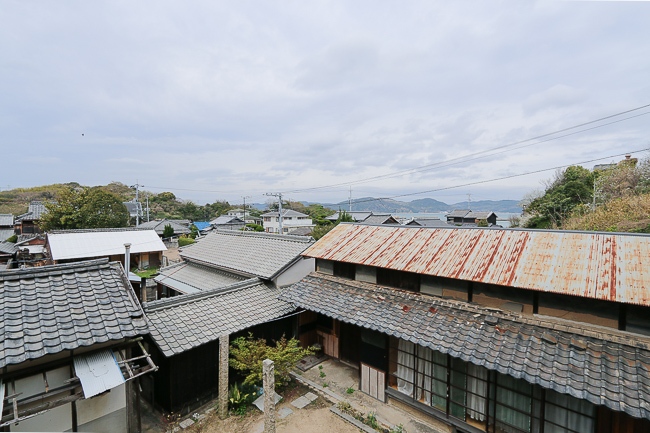
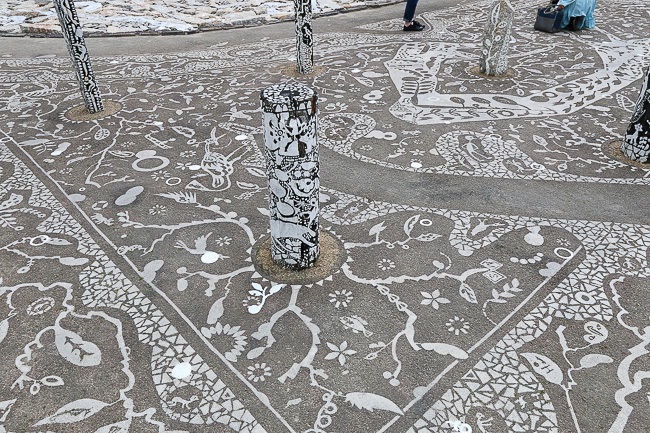
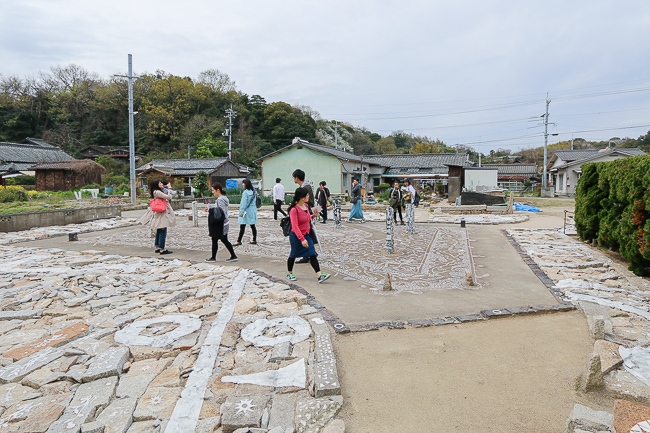
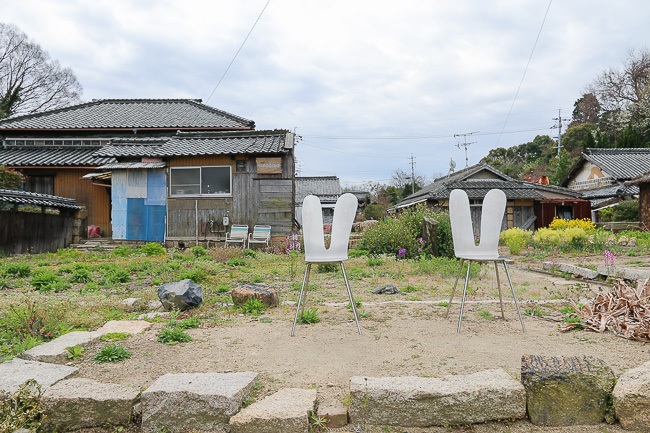
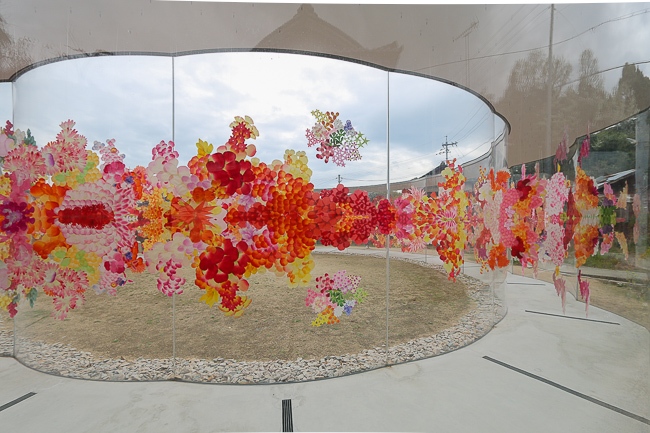
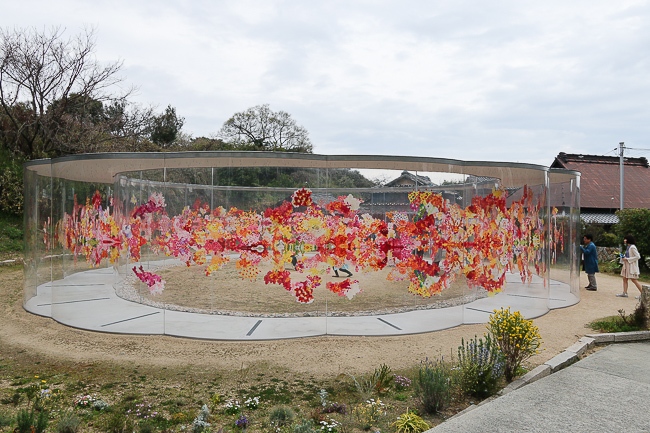
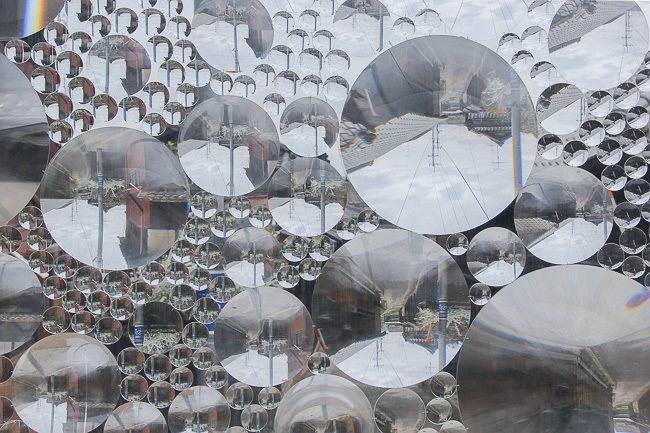

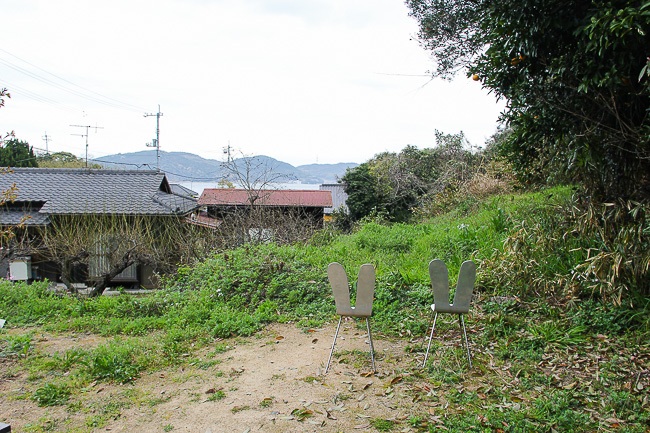

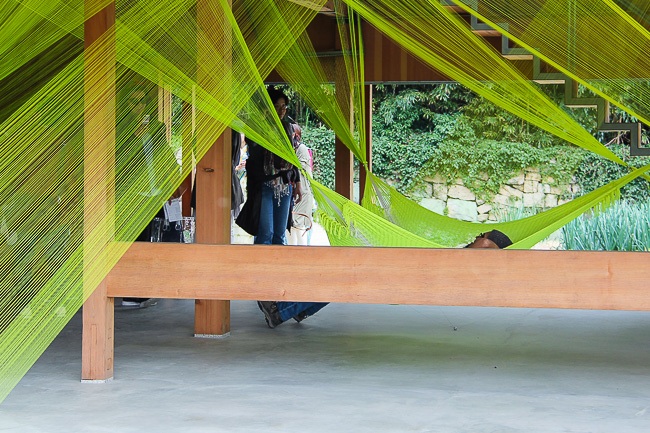
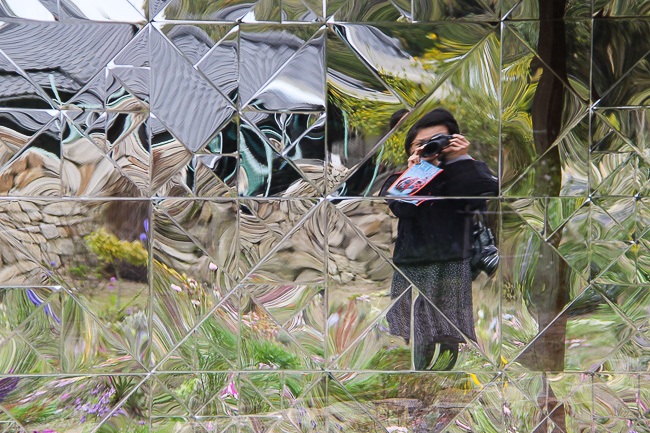
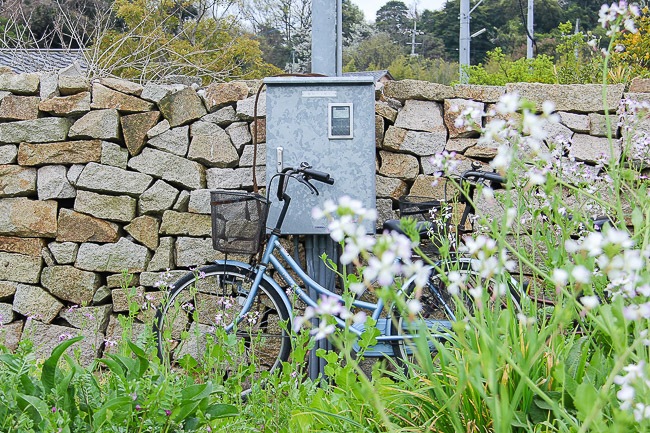
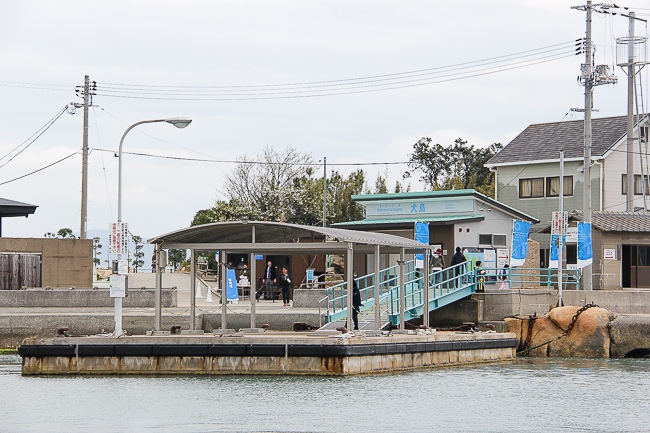
| previous post |
| next post |


